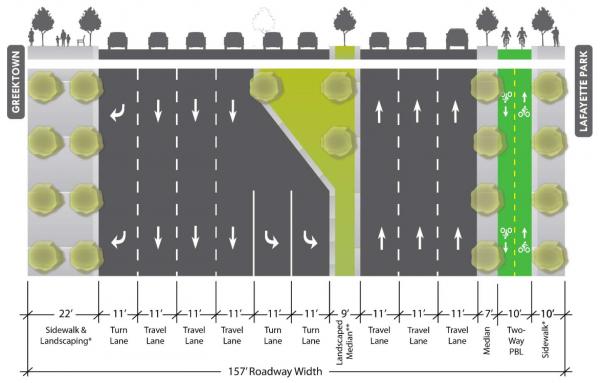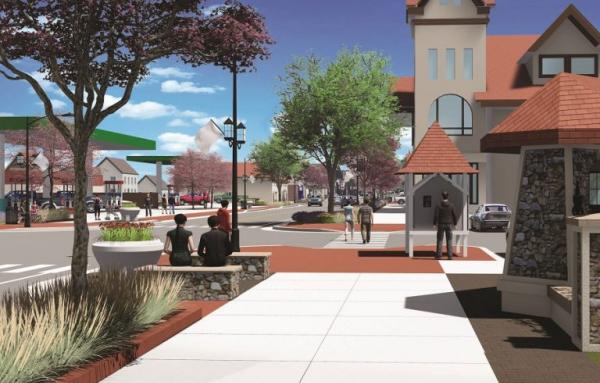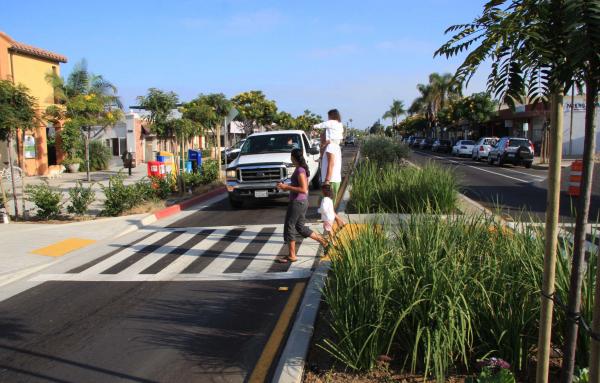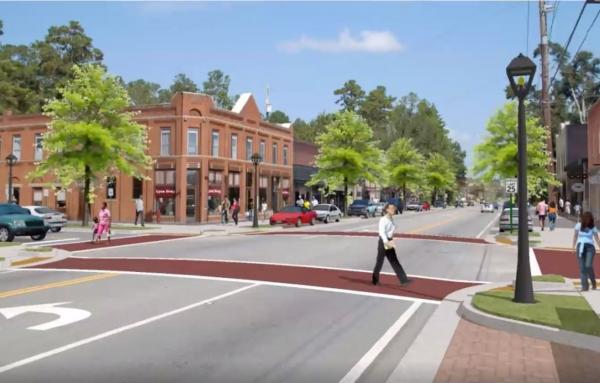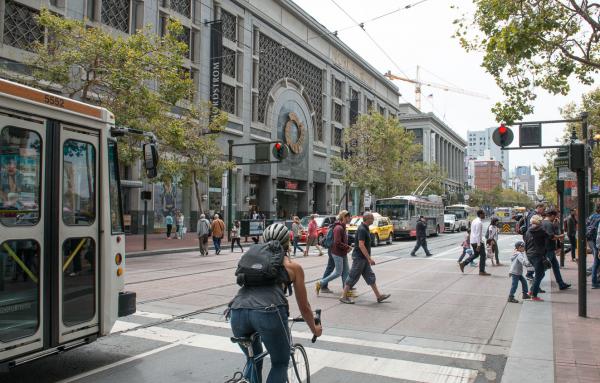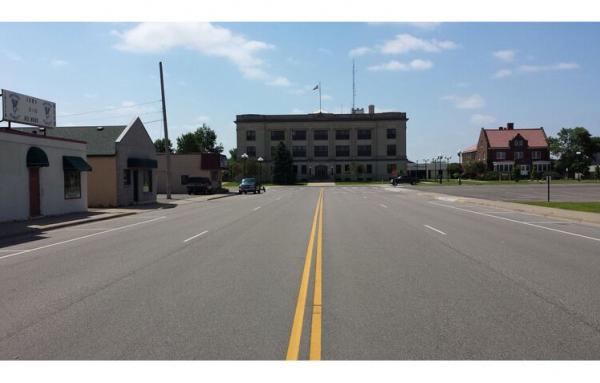Streets
The woonerf is coming of age as a thoroughfare type, allowing streets to take center stage as public spaces.
It's time to use the idea of reduced demand where it has the potential to improve a city's economy, society, and mobility.
The nation’s more than 7,600 Main Streets are hurting. Nobody knows exactly how much. At some point in 2021, when the vaccine has become available to everybody and the numbers of Covid cases plummet, we will collectively look around American...
As an urbanist, I ask Santa to bring America a renewed interest and understanding of the importance of street grids (more precisely, connected networks of streets with relatively small blocks). That may be a tall order for Santa, but I have been...
The US needs public works investments to help main streets.
To meet the challenges of the 21st Century, traffic engineers and transportation planners need to think of streets as places and the foundation for community.
The state DOT has a novel model to fix its automobile-oriented, dangerous thoroughfare network and design complete streets.
While New York City is shut down, the city has an opportunity to work on long-term plans to make streets safer, quieter, and more pleasant for pedestrians and cyclists.
A pattern of more traffic deaths on less crowded roads may instead highlight an ongoing problem: Poorly designed urban thoroughfares.
Banning of cars is the first step in a streetscape reconstruction of the city’s major thoroughfare.
Our cities desperately need professional engineers to realign their values to reflect those of the broader society, and we can start by making streets no wider than they need to be.
The decision of a city in Texas to plan for new growth using a grid of streets has inspired readers and makes a lot of sense.

